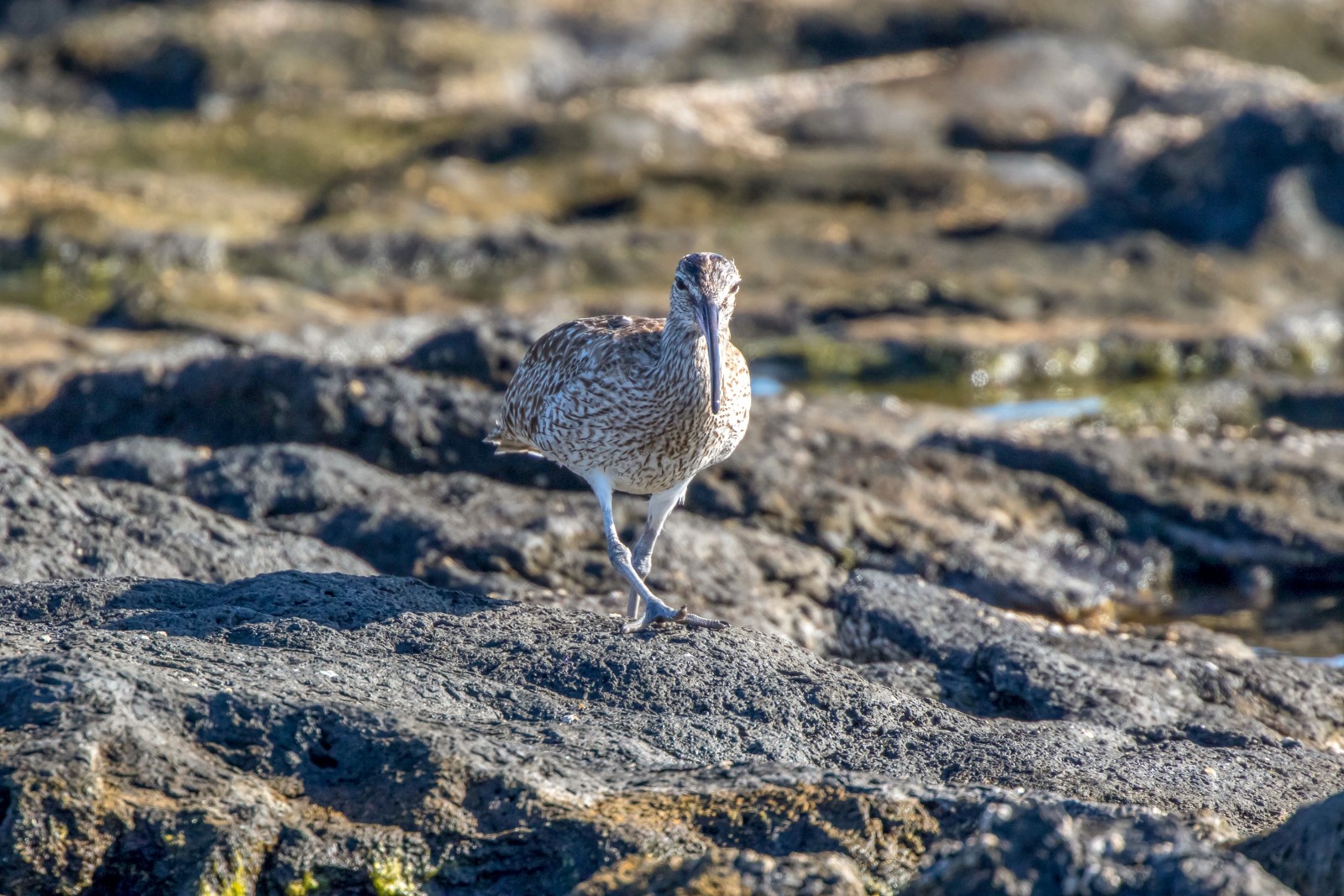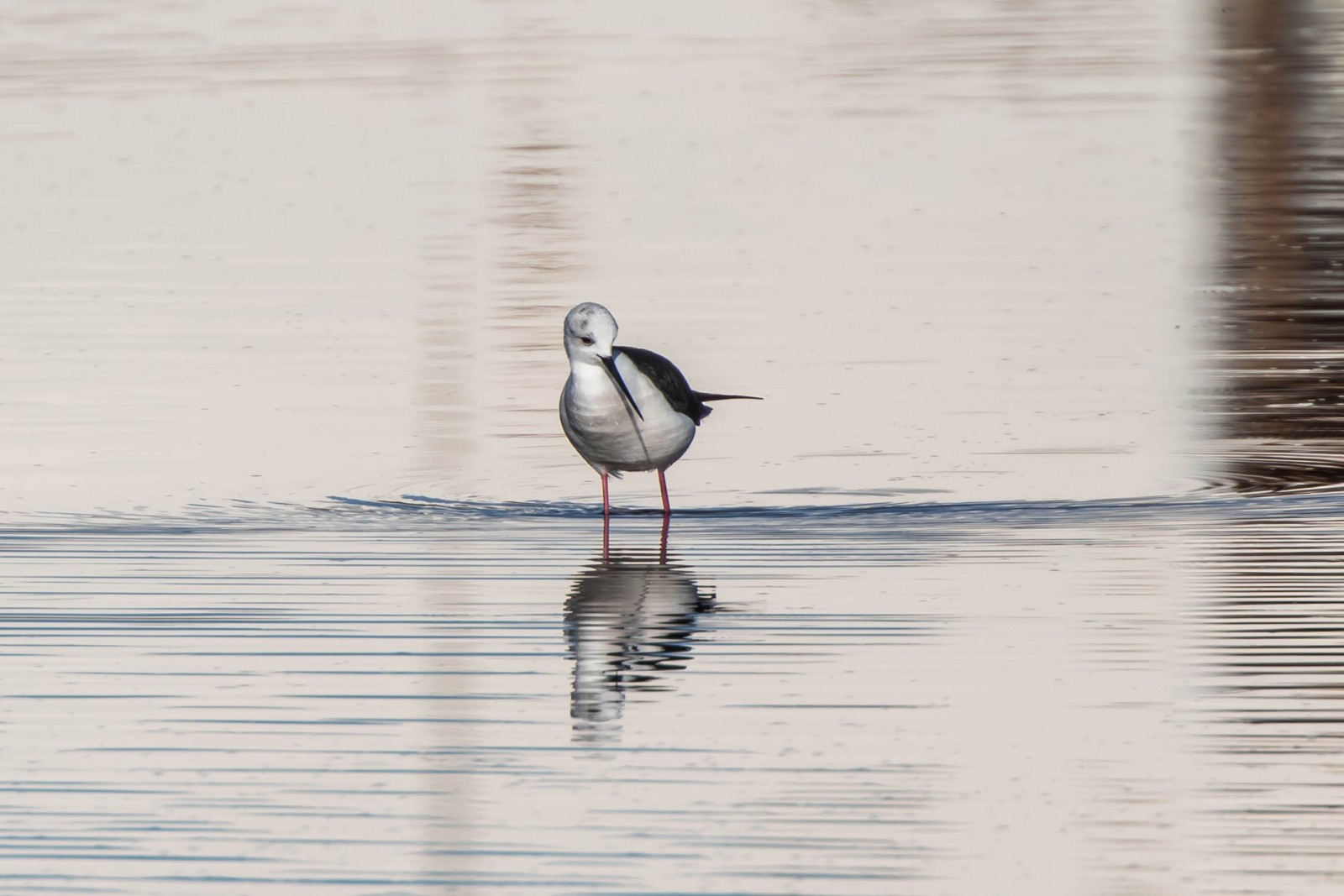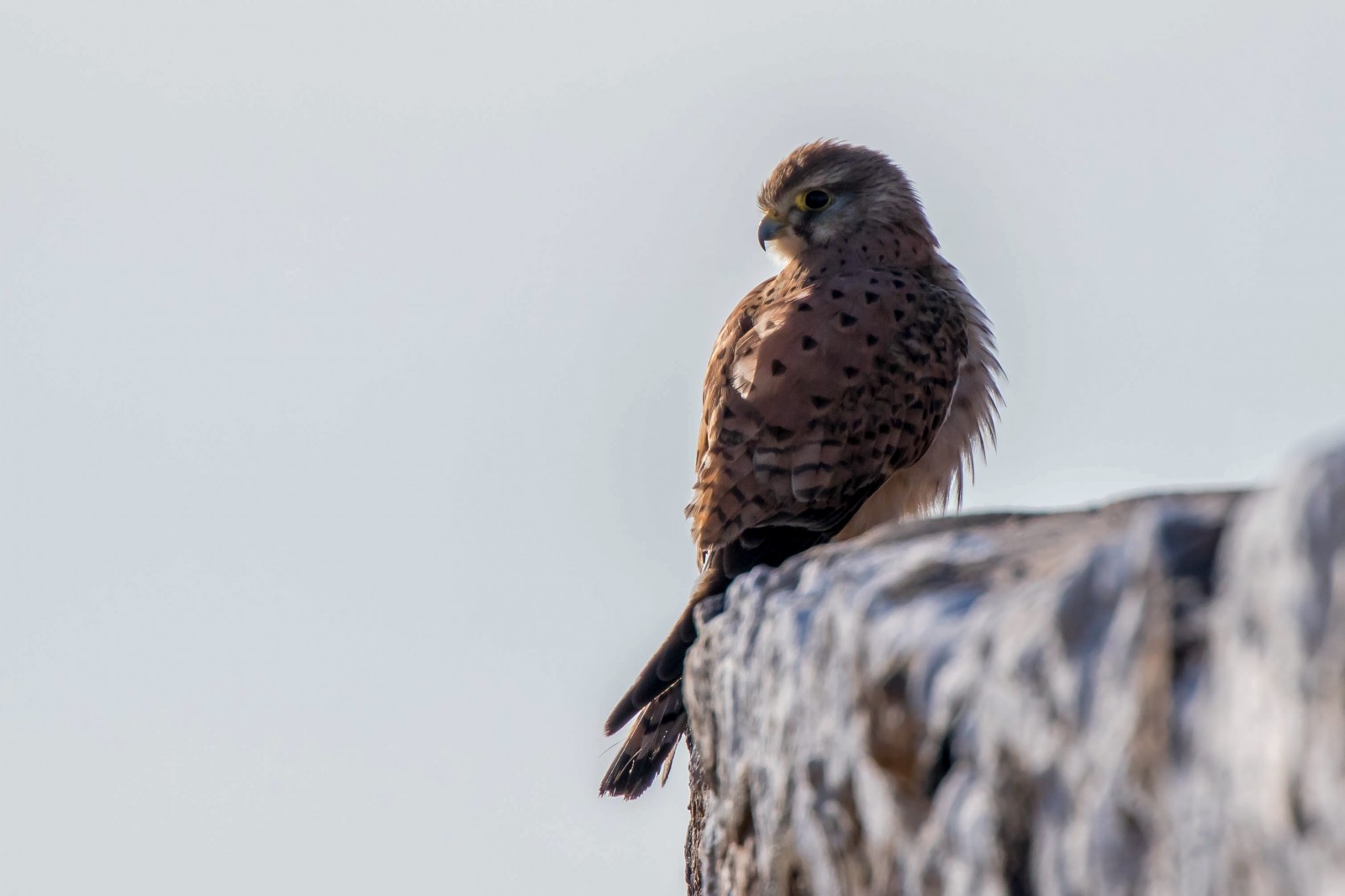Opis
Salinas del Carmen has a working renovated salt pan museum ( Museo de la Sal), a few houses, a church and a restaurant which surrounds the fishing boat harbour and small beach. The sea reveals rock pools at low tide attracting wading birds and gulls. This is a known area for a pair of Sokól berberyjski and can be visited in conjuction with Barranco de la Torre just a little further along the coastline. Typical birds here are kulik mniejszy , czapla nadobna , kwokacz , krwawodziób , batalion , sieweczka obrożna , sieweczka rzeczna , szczudłak , mewa romańska , mewa żółtonoga to mention a few.
Szczegóły
Dostęp
Reached from the main road FV2 just passed Caleta de Fuste signposted at the Museo de la Sal turn off but dont use their carpark unless you are entering the Museum, there is plenty of parking before the entrance or drive down to the beach and park.
Teren i siedlisko
Plaża , Morze , Rzadkie drzewa i krzewy , WydmyWarunki
Płaski , ŚliskoTrasa dookoła
TakCzy luneta będzie przydatna ?
Może być przydatnaUdany sezon obserwacyjny
Przez cały rokNajlepszy czas na wizytę
Zima , WiosnaTrasa
Szeroka ścieżkaPoziom trudności szlaku pieszego
ŁatwyDostępne
PieszoCzatownia/platforma obserwacyjna
NieDodatkowe informacje
Best visited at low tide when the sea has revealed rock pools which the wading birds explore for food. Entrance to the museum is €6, we didnt go in becuse its not why we were there, you can walk around the outside of the salt pans without going inside and also use the restaurant without paying to enter the museum which we did as the restaurant near the beach was closed.




